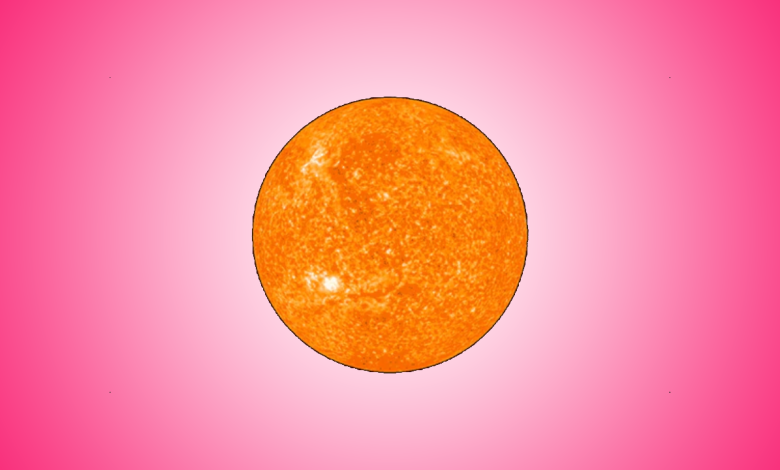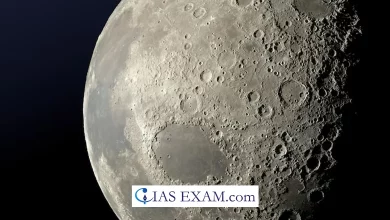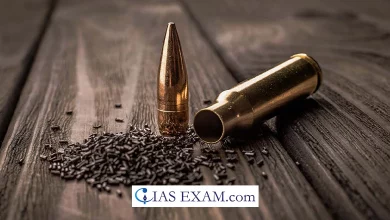STEREO-A’s Earth Flyby
Syllabus:- Gs-1-Physical geography Gs-3 -Science & Technology

Context:-Nearly 17 years after its initial launch, the Solar Terrestrial Relations Observatory (STEREO-A) spacecraft operated by NASA has made its first Earth Flyby.
About:-
- The Solar and Heliospheric Observatory (SOHO) and Solar Dynamics Observatory (SDO) of NASA will collaborate with STEREO-A during the Earth Flyby.
- Through this collaboration, it will be possible for the spacecraft to catch solar features of various sizes from a range of distances by enhancing its stereo vision.
STEREO(Solar Terrestrial Relations Observatory):-
- Solar observation was revolutionised by the STEREO (Solar TErrestrial RElations Observatory) mission, which was launched in 2006 with twin spacecraft, STEREO-A (A means Ahead) and STEREO-B (B means Behind).
- In order to encourage an atmosphere of shared exploration and discovery, it will look at the way STEREO-A’s crossing of the Sun-Earth line on August 12, 2023, by the collaboration with other NASA missions like SOHO and SDO.
- Their main objective was to give scientists a stereoscopic vision of the Sun so they could study it from various angles.
Solar and Heliospheric Observatory (SOHO)
It is a cooperative effort between NASA and the European Space Agency (ESA) that aims to better our understanding of space weather by examining the Sun’s behaviour, internal makeup, and outer corona.
Solar Dynamics Observatory (SDO)
It is a NASA spacecraft designed to look into the dynamics of the Sun, particularly its magnetic fields, solar flares, and prominences, and to provide essential information for studies into solar physics.
The aspects of the STERIO’s Earth Flyby:-
- Since its distance from Earth varies throughout the flyby, it will adjust its stereo vision for certain solar characteristics at various periods, much like focusing a telescope that is several million miles across.
- Their primary goal was to provide stereoscopic vision of the Sun so that researchers could examine it from various perspectives.
- It will help scientists in determining how the magnetic field of a coronal mass ejection (CME) varies as it reaches Earth.
Stereoscopic vision:-
Stereoscopic vision, a method for obtaining 3D information from 2D photos, will be used by STEREO-A once more during the coming Earth flyby.
Coronal Mass Ejection (CME)
An in-depth study of solar eruptions known as coronal mass ejections (CMEs), which might affect Earth’s technology, is also made possible by STEREO-A’s passing close to Earth.
Conclusion:-
This method offers numerous data to comprehend the development of the magnetic fields in CMEs. Furthermore, when solar activity rises toward the anticipated solar maximum in 2025, STEREO-A’s observations will provide insight into how the Sun behaves differently at various times throughout its cycle.





.png)



